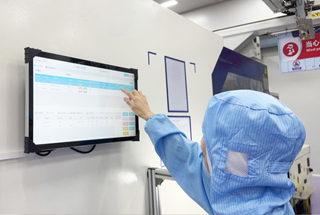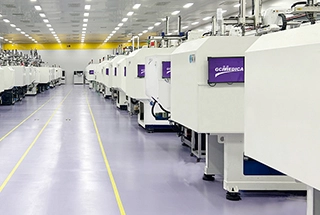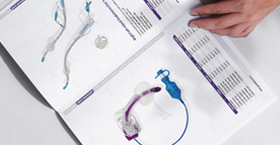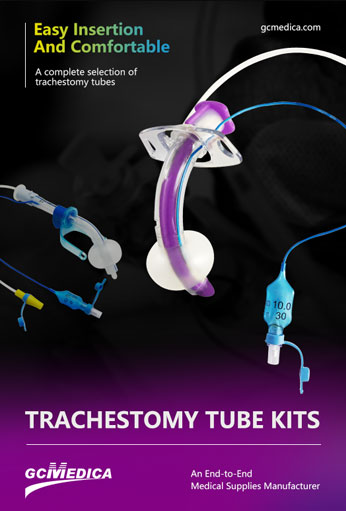Tracheostomy tubes are essential devices used to maintain airway patency, facilitate ventilation, and support secretion management. One important distinction in tracheostomy tubes is whether they are cuffed or uncuffed. Understanding their differences is crucial for appropriate clinical decision-making.
Cuffed tracheostomy tubes have an inflatable balloon (cuff) around the lower end that seals the airway. This prevents aspiration and allows for effective positive pressure ventilation. They are commonly used in intensive care, especially when mechanical ventilation is required.
Uncuffed tracheostomy tubes, on the other hand, do not have a cuff. They are typically used in patients who can breathe independently, do not require mechanical ventilation, and have a lower risk of aspiration—such as in long-term care or during speech and swallowing assessments.
The following table outlines the key differences:
| Feature | Cuffed Tube | Uncuffed Tube |
|---|---|---|
| Airway seal | Yes | No |
| Ventilation support | Suitable for mechanical ventilation | Not ideal for mechanical ventilation |
| Aspiration protection | Provides protection | Limited protection |
| Speech and swallowing | May limit speech and swallowing | Better tolerance for speaking and swallowing |
| Use case | ICU, short-term critical care | Long-term care, stable respiratory status |
In summary, the choice between a cuffed and uncuffed tracheostomy tube depends on the patient's respiratory needs, risk of aspiration, and communication goals. Proper tube selection enhances safety and quality of life in tracheostomized patients.
| Tracheostomy Tubes > |


 Français
Français Español
Español Products
Products

 About Us
About Us












